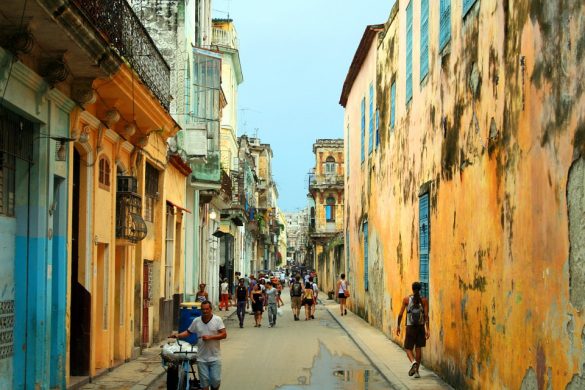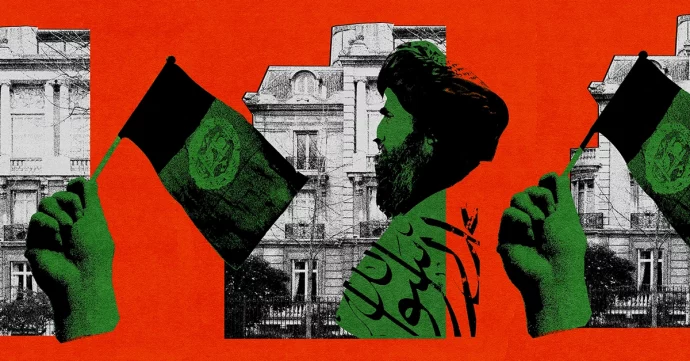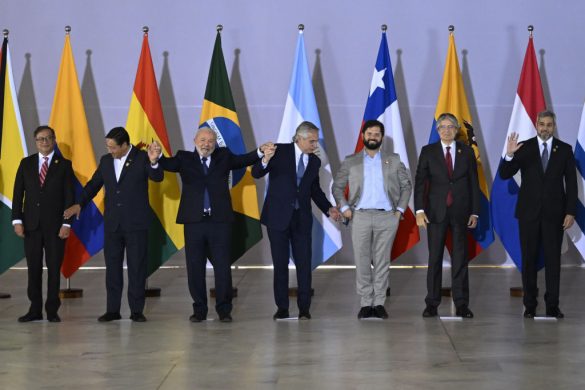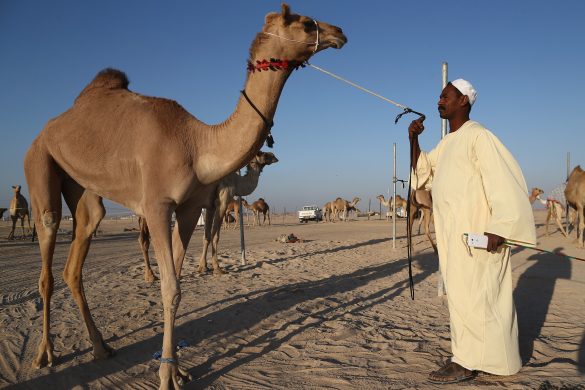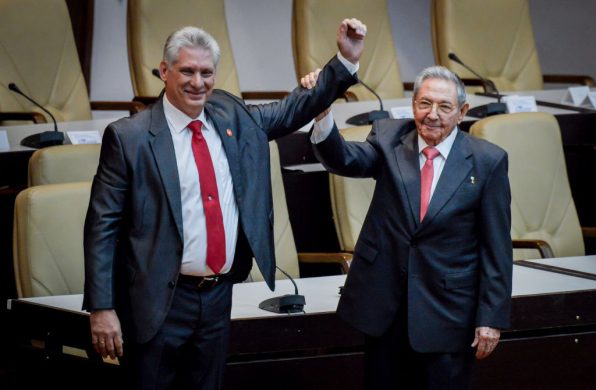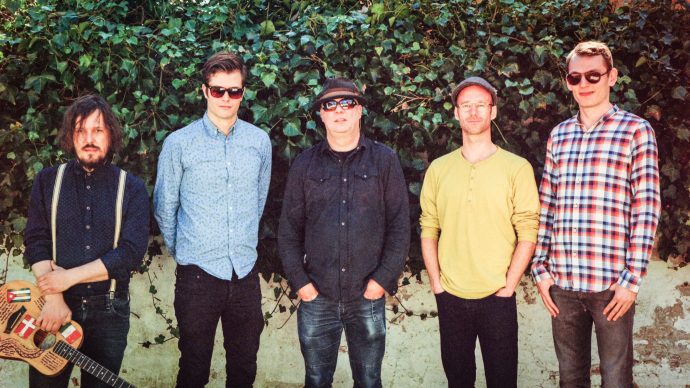Soaring numbers of Cubans are attempting to reach the Unites States via its land border with Mexico, fearing that the detente between Havana and Washington may soon end special privileges for Cuban migrants claiming residency in America.
The numbers have increased dramatically since the US-Cuba detente was announced in December 2014. Last year, the number was more than 24,000 entered last year, compared to just 7,759 in 2011.
For years, the preferred route was the risky sea crossing via the Florida Straits, often in improvised craft. Immigrants who crossed in this way were called balseros, or rafters.
Land route made easier
This means that arriving by land is not only less dangerous but also more likely to lead to US residency.
In January 2013, the Cuban government abolished their exit permit requirement, opening the way for many Cubans to apply for passports and making the land route even easier.
Most Cubans start their journey in Ecuador, a country that only cancelled visa-free access for Cubans in December 2015.
From Ecuador, migrants can hire a car, take a bus or risk the perilous speedboat Darien Gap crossing between Colombia and Panama.
Others take a more direct route, attempting to enter any part of Mexican territory by sea. Those with connections or money can obtain a Mexican visa at the consulate in Havana, either as tourists, with work permits or via arranged marriages.
Ripped off by coyotes
The most risky and least popular option, only for the poorest, is to join Central and South American migrants riding the freight train known as La Bestia, the beast. This runs daily from Chiapas on the southern border with Guatemala to the outskirts of Mexico City. Migrants who take this route risk being ripped off by so-called coyotes or polleros, people smugglers, and of falling into the hands of Mexican drug cartels.
Many of the countries on the route through South and Central America offer Cubans guarantees of safe passage as they refuse to cooperate with deportation requests to Cuba.
These migrants often have the advantage of being able to access extra funds from Cuban relatives or charities already in the US.
But this also makes them extra vulnerable to extortion and exploitation along the way.
Rafael and Cecilia
Læs hele artiklen hos Institute for War and Peace Reporting

